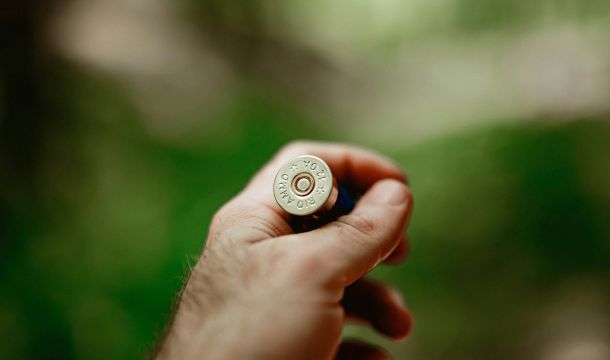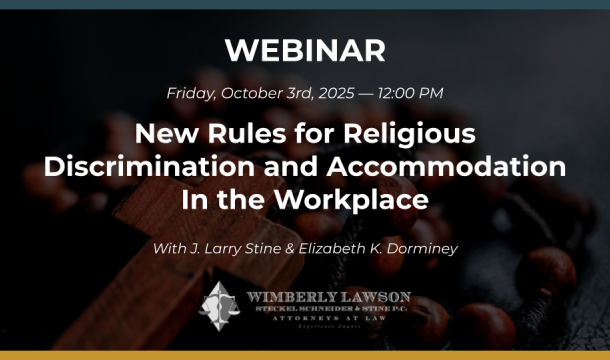Employers have to make a lot of decisions in the workplace, including the famous “he said-she said” issue involving the investigation of sex harassment cases. Even common rule violations situations require employers to interview witnesses, and in some cases making credibility determinations as to which witnesses are telling the truth.
Someone refusing to “look you in the eye” has sometimes been used as a suggestion of dishonesty, and brief changes in facial expression have sometimes been suggested as standards, but these and many other commonly-used indicators are more often considered incorrect, unreliable, or difficult to spot.
The Central Intelligence Agency (CIA) has developed a more reliable system for determining lies. It involves monitoring people’s words and actions for more than two dozen different possible signs of deception. Below is a list of certain signs that may indicate deception.
- Refusing to directly answer the question and instead attempting to influence the questioner’s perception of the person being questioned.
- Unusually long pauses, as it takes more time to think up a plausible lie than to tell the truth.
- Relying on religion. Be careful with this one, because you can’t discriminate against a person because of their religious beliefs.
- Lack of a direct denial, which has responses that sound like denials but upon close consideration are not.
- Repeating the question or commenting on it before answering. Some consider this as stalling for time while thinking about a lie.
- Going into attack mode. This might involve questioning the questioner’s competence or fairness.
- Look for inconsistent statements, as liars might provide contradictory answers.
- Necessarily detailed answers might reveal the speaker is trying to hide a lie among a flood of truths.
- Sudden onset of politeness like “Sir” in response to a particular question is suspicious.
- Giving an inappropriate level of concern like downplaying the importance of serious misdeeds, as it may be because they are the ones who committed them.
- Complaining about the interviewing process is suspicious.
- Appearing to misunderstand straightforward questions only because they don’t want to answer the question.
There can also be nonverbal signs of lying, such as hiding the mouth or eyes behind a hand or closing the eyes. Face activity like licking lips, pulling ears, or repeated rubbing or scratching can occur as lying can trigger the brain’s fight-or-flight response. Nervous movements of the hands, feet or legs in reaction to the question are suspicious, as is clearing the throat or swallowing, all showing anxiety about a lie, if they occur before the verbal response. Liars sometimes dissipate anxiety by straightening their clothing, hair or items in their vicinity.
The best time to pick up signs of deception are within the first five seconds after asking a question. Once such a sign appears, it is appropriate to continue to monitor for additional signs during the remainder of the response. It takes a cluster of two or more signs of lying to suggest dishonesty, as even honest people exhibit one or another of these signs. A cluster consists of two or more different signs of deception.
In addition to these indicia of lying outlined by the CIA, many human resource directors and lawyers often consider other factors in making credibility determinations, such as past history, motive, and opportunity. Even the use of polygraphs to determine truth is not 100% accurate, as polygraph testing results have generally been considered over the year about 80% accurate.
This article is part of our July 2025 Newsletter.
View the newsletter online
Download the newsletter as a PDF
Related Content
Get Email Updates

Trump Nominates Appointments to NLRB and EEOC but Policy Changes Likely to Be Delayed

DOL Launches Self-Audit Programs Designed to Help Employers Improve Compliance

DOL Must Release EEO-1 Reports to the Public under Open Records Laws

Current Advice on Active-Shooter Situations

New Policy for Federal Workers and Religious Expressions



